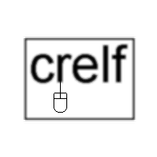-
Posts
5,759 -
Joined
-
Last visited
-
Days Won
55
Content Type
Profiles
Forums
Downloads
Gallery
Everything posted by crelf
-
Neat #labview goodness: writing back to the command line from your built #labview executable - download & discuss: http://t.co/9J9zztxH
-
Attending the 2012 Certified LabVIEW Architects Summit? Please include the #CLASummit hashtag in your tweets!



